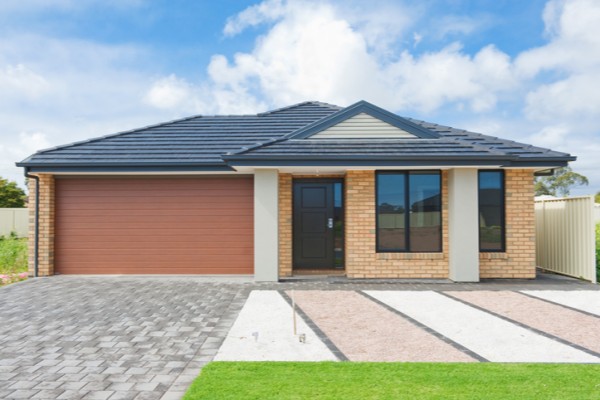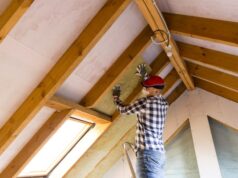
When selecting doors for your home, it’s essential to consider their performance characteristics to ensure they meet current building standards and contribute to the overall comfort and efficiency of your living space. Here are the key factors to consider:
Energy efficiency and thermal performance
With the National Construction Code (NCC) 2022 now mandating a minimum seven-star energy efficiency rating for new homes, doors play a crucial role in achieving this standard. Doors should be selected based on their thermal performance, including their U-value and Solar Heat Gain Coefficient (SHGC), to minimise heat loss in winter and heat gain in summer. Thermally broken frames and double-glazing are effective solutions to enhance energy efficiency.
Compliance with Australian Standards
All external doors must comply with AS 2047:2014, which sets out the mandatory minimum specifications for windows and external glazed doors in buildings. This standard covers structural performance, water penetration resistance, air infiltration, and durability. Additionally, AS 1288:2006 provides guidelines for the selection and installation of glass in buildings, ensuring safety and suitability for the intended application.
Weatherproofing and sealing
Proper weatherproofing is essential to prevent drafts and water ingress. High-quality seals and gaskets should be used around door frames to ensure a tight fit. Regular maintenance and inspection of these seals can help maintain their effectiveness over time.
Acoustic performance
In areas where noise reduction is important, such as bedrooms or home offices, consider doors with sound insulation properties. Solid core doors or those with acoustic ratings can significantly reduce noise transmission between rooms.
Security and safety
Ensure that doors, especially external ones, are equipped with reliable locking mechanisms and are constructed from durable materials to provide adequate security. Compliance with relevant safety standards, such as AS 4145.2 for locks and latches, is crucial.
Bushfire considerations
In bushfire-prone areas, doors must comply with AS 3959:2018, which outlines construction requirements to reduce the risk of ignition from bushfire attacks. This includes specifications for materials, glazing, and sealing to prevent ember entry. A Bushfire Attack Level (BAL) assessment will determine the specific requirements for your location.
Sustainability and material selection
Opt for doors made from sustainable materials that have a low environmental impact. Timber doors from certified sources, aluminium with recycled content, and doors with low-VOC finishes contribute to a healthier indoor environment and reduce the overall carbon footprint.
Maintenance and longevity
Choose doors that are durable and easy to maintain. Regular cleaning and timely repairs can extend the lifespan of your doors and ensure they continue to perform effectively.





